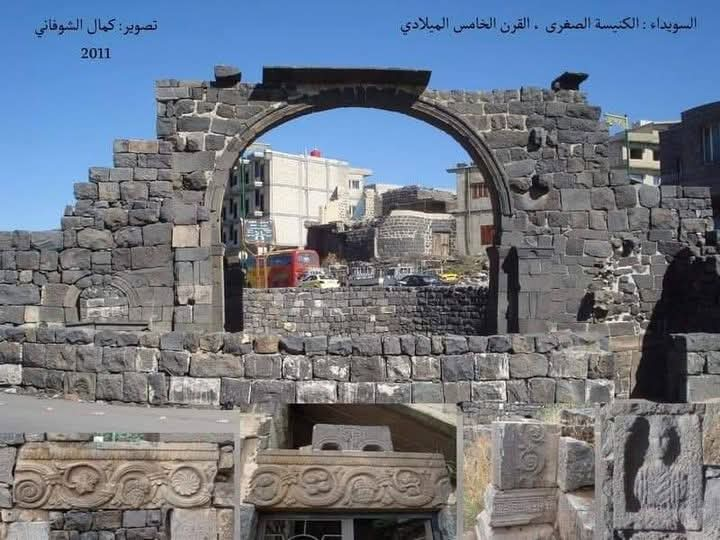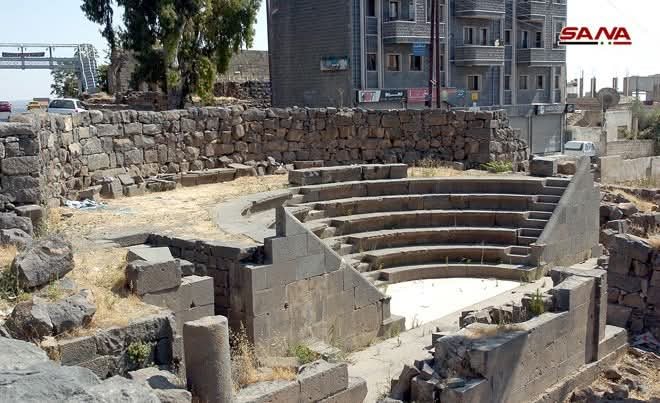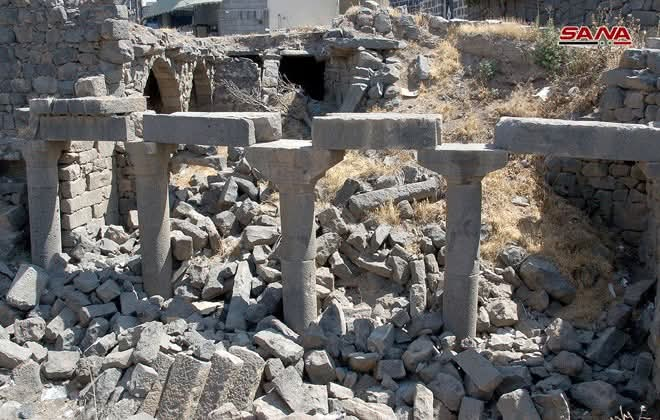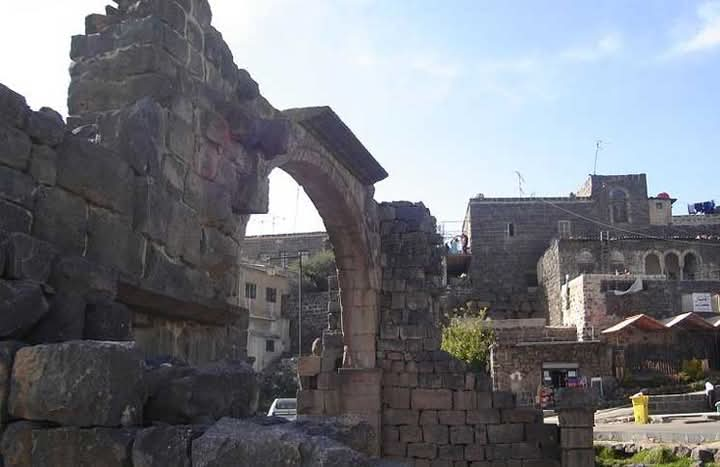At one of the entrances to the old city of As-Suwayda stands the Arch of Triumph,an enduring symbol of architectural grandeur and historical depth. This ancient monument bears witness to the Roman era in the region, a time that left behind a rich legacy carved in stone and rooted in identity. The arch is believed to date back to the 2nd or 3rd century CE, during a period of significant urban flourishing in the cities of Jabal al-Arab and close ties with the Roman Empire.
The Arch of Triumph is a fine example of classical Roman design, featuring a single arched opening topped with intricately carved basalt stone. Its impressive height and strategic location at the gateway to the old city once marked the threshold into the civic and social heart of the town. Roman arches like this were typically built to commemorate military victories or honor prominent figures, reflecting their ceremonial and symbolic role in ancient cityscapes.
Today, the arch stands alone amidst the modern buildings and bustling streets, silently observing the passing of time. Despite the urban changes around it, it maintains a strong presence,linking the city’s historical soul to its contemporary rhythm and contributing to As-Suwayda’s unique visual identity.
Though detailed historical documentation of the arch remains limited, much of its original structure has been preserved, making it a key candidate for future conservation and restoration efforts.
Documenting the Arch of Triumph in As-Suwayda is more than an act of preservation,it is a celebration of a city shaped by moments of glory and resilience. This monument is not just a relic of the past, but a living marker of cultural heritage that continues to tell the story of a place where identity is etched in stone.










